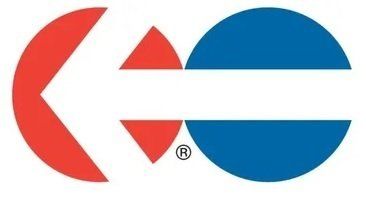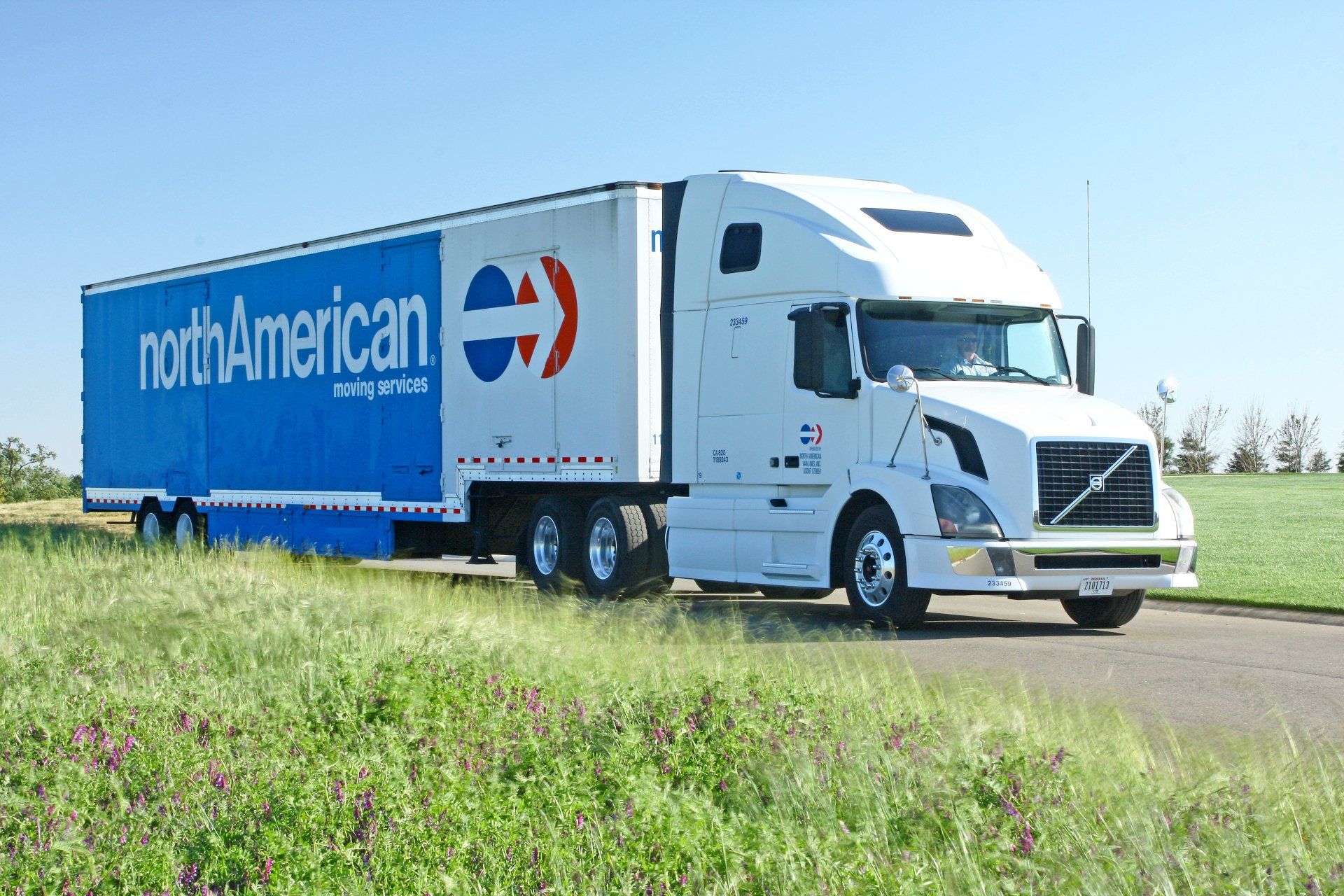LONG DISTANCE MOVING COST
Understanding the Costs & Fees of Your Long Distance Move
Plus, How to Save Money in 2021
“How much is this going to cost?” This is one of the first and most common questions movers are asked by their corporate clients. Pricing out a household goods move is not as simple as it may seem. Consequently, professional moving companies typically require a detailed understanding of each person’s move before they can provide a quote.
The primary cost drivers for a household goods move are distance and weight of the goods. However, there are other fees and charges that can apply depending on what is required of the movers. Intermediate storage, stairs and elevators, bulky items (cars, grand pianos, hot tubs), etc. can cause extra charges. Let's look at some of these potential charges in detail:
Services
These are charges for extra services that may be requested or incurred by the customer in order to complete the move. Extra Labor, Special Services and Waiting Time
You may incur this charge if the movers need to disassemble or assemble unusual items (items outside the scope of typical household furnishings, like bed frames), provide or perform some type of extra labor, or if you require extra time to receive your shipment at the destination.
Pickup or Delivery Service on Saturdays, Sundays or Holidays
This one is pretty self-explanatory. If a move is requested to be performed over a holiday or weekend, the client will be expected to pay an additional fee.
Storage
This fee is charged when storage-in-transit is performed by the movers. Storage-in-transit means items that are moved into a storage location that is at an intermediate point between the origin and destination of the move. The price for this varies based on the city.
Pickup and Delivery Transportation Charges on Storage-In-Transit Shipments
When the carrier performs pickup or delivery service between the storage location and the residence, corporate clients can expect to pay this fee. This is a separate charge from the storage fee above, as unlike the storage fee, this covers the transportation costs involved in the residence-to-storage or storage-to-residence portion of the move. Here, the charges are usually based on the zip code of the storage location and the distance between the storage location and the residence.
Pickup and Delivery Service Applicable at Third Party and Self-Storage Warehouses
This item applies when the carrier is requested to go inside the warehouse space rented by the shipper to either remove items stored there or to place items into the storage space. Charges apply based on the location of the storage facility and the weight of the items stored.
Diversions and Stop-offs
A diversion fee is charged when the delivery location is changed at the last minute and the miles to the new destination are greater than that of the distance to the initial location. The mover will charge a fee to cover fuel and transportation costs of any additional miles required to get the shipment to the new location. Stopoff charges are charged for moves that involve two or more destinations (i.e. more than one pickup or more than one delivery). The more destinations a move has, the more likelihood there is that delays and time loss can occur for the movers. Stopoff charges help hedge against these losses.
Light and Bulky Articles and Weight Additives
As mentioned, weight is a key factor in the pricing of a household goods move. You may see this charge if, as a part of your move you are transporting cars, boats, hot tubs, or other items of significant size and weight.
Insurance and Related Fees
These are charges for insurance-related costs incurred by the carrier and costs for settling potential claims for damage or losses. Moving companies are required by law to provide some form of valuation. It’s important to understand that moving companies do not offer insurance—movers provide tariff-based loss and damage liability, which moving companies call “valuation.” Different providers provide different levels of valuation and charges for valuation. Make sure to compare what valuation is being offered and what the charge is.
Insurance Surcharge
This fee is charged to offset the moving company’s cost of obtaining business insurance.
Understanding the Costs & Fees of Your Household Goods Moves (cont.)
Additional Transportation-Related Fees
These include charges related to getting a shipment from origin to destination. In some cases, this can be more challenging or expensive for a moving company to do and these charges cover those circumstances.
Shuttle Service
Shuttle service may be necessary to access some residences. In these cases, the client pays this fee to cover the additional cost of the shuttle and the complexity. Shuttles are often necessary for condensed urban areas where a moving truck may be too large to get near enough to the residence to reasonably load or unload. Shuttles might be needed in other circumstances such as gated communities with special HOA policies for moving trucks and difficult, lengthy, or narrow access roads or driveways.
Origin and Destination Service Charge
This service charge covers certain circumstances that may make the move more challenging at the origin or destination location. Each location has its own set rate. The charge compensates the moving company for services such as having to use elevators, stairs, or excessive carrying distances. This charge also covers carrying large items.
Fuel Cost Price Adjustment (Surcharge)
This charge is based on a fuel pricing matrix that moving companies use for a percentage adjustment to the transportation charges. This is based on the cost of diesel fuel. If the average national cost for diesel fuel goes above a set, base price per gallon, a percentage adjustment is applied to the transportation charges. This charge is to help the drivers offset the cost of fuel.
More than simple linehaul charges, moving costs and fees can be layered depending on a variety of fac-tors such as the complexity of a move, location, economic factors, insurance or valuations, and others. However, without understanding what a given provider charges for the various line items, discounts can be pretty meaningless. If Provider A charges thousands more for a specific service than Provider B but offers you a larger discount, you still may pay more than if you went with Provider B. Importantly, know that you can always request a published document known as a “tariff” from your moving company that explains in detail all of its costs, fees, and pricing methodology.
Moving providers set different prices and charge different amounts for many of the same line items. Luckily, there is a tool now available from northAmerican Van Lines® to help you transparently compare prices from multiple moving providers for the same move side-by-side called Blueprint. Watch our video, “Blueprint: Your Guide to Pricing Transparency” to learn more.
Contact us today for a Free Estimate!!!
A CENLA Tradition of Quality Service and Fair Pricing ...Since 1948
CONTACT
318-545-0955
katie@hathorntransfer.com





